Noiseless Streamer Experience – LincPlus LincStation N1 6-Bay NAS
LincPlus LincStation N1 is a $483 USD / 425 Euro Streamer designed for streaming both music and video, with support for 6 Bays, a Rich Interface, and with an excellent selection of output ports, and outstanding Software support too. Today we will review the LinkStation N1, powered by an Intel Celeron N5105 CPU, and powered by 16 GB of Memory, and 128 GB of ROM.
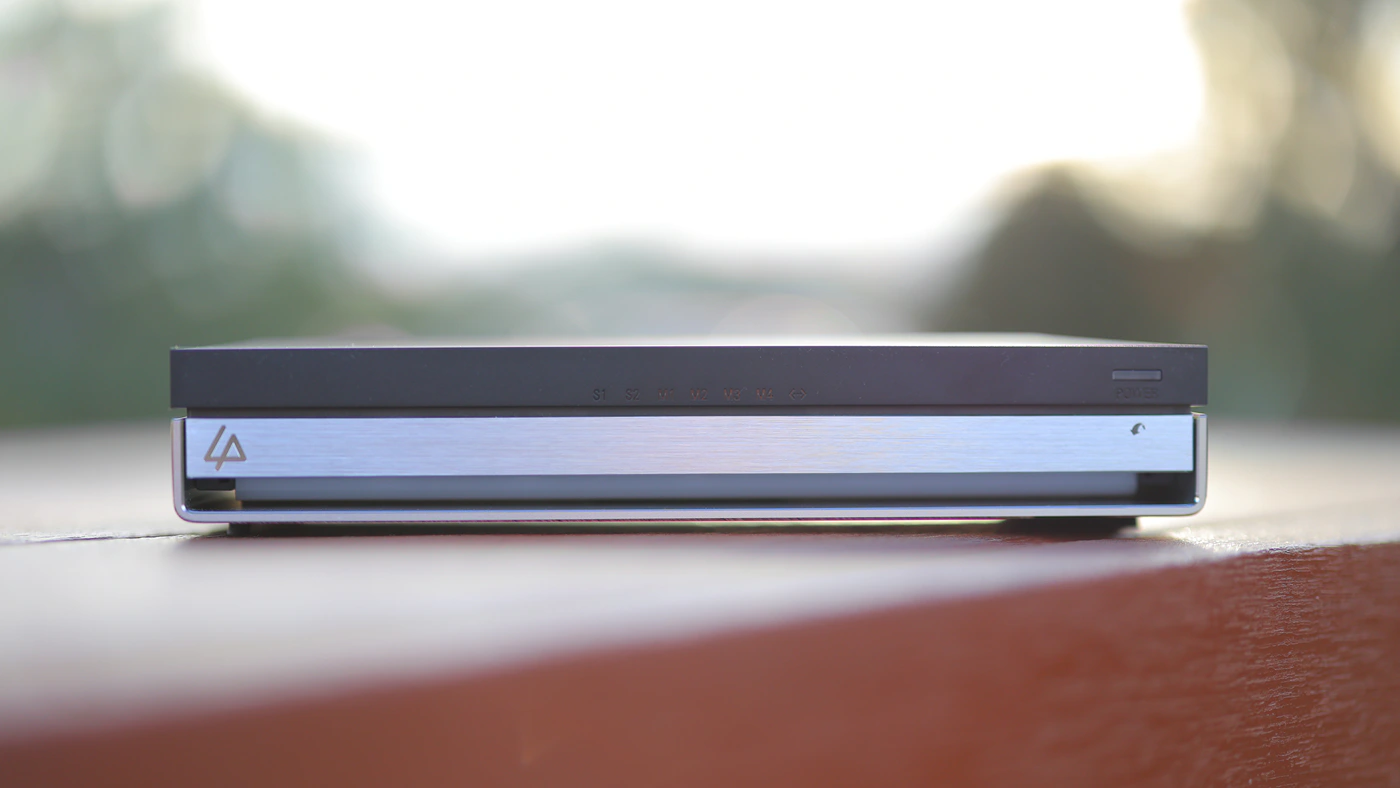
Introduction
A new concept is on the rise in the audiophile world, and that is using a NAS to stream music. As the lossless streaming adventure continues for music lovers, fans from all over the world are slowly realizing that companies can simply remove one of your favorite albums if the current political system does not agree with, for example the punk rebellious views, or ideological approaches of extremist metal music, including black metal. With this thread dangling above their heads like a Damocles’s sword, audiophiles are slowly moving away from using Tidal and Spotify to building their own libraries, stored locally with a NAS being the processing center for such a library, and LincPlus slowly rising to be one of the favorite brands for audiophiles, as they usually have one of the lowest noise levels for a streaming NAS, or Network Attached Storage.
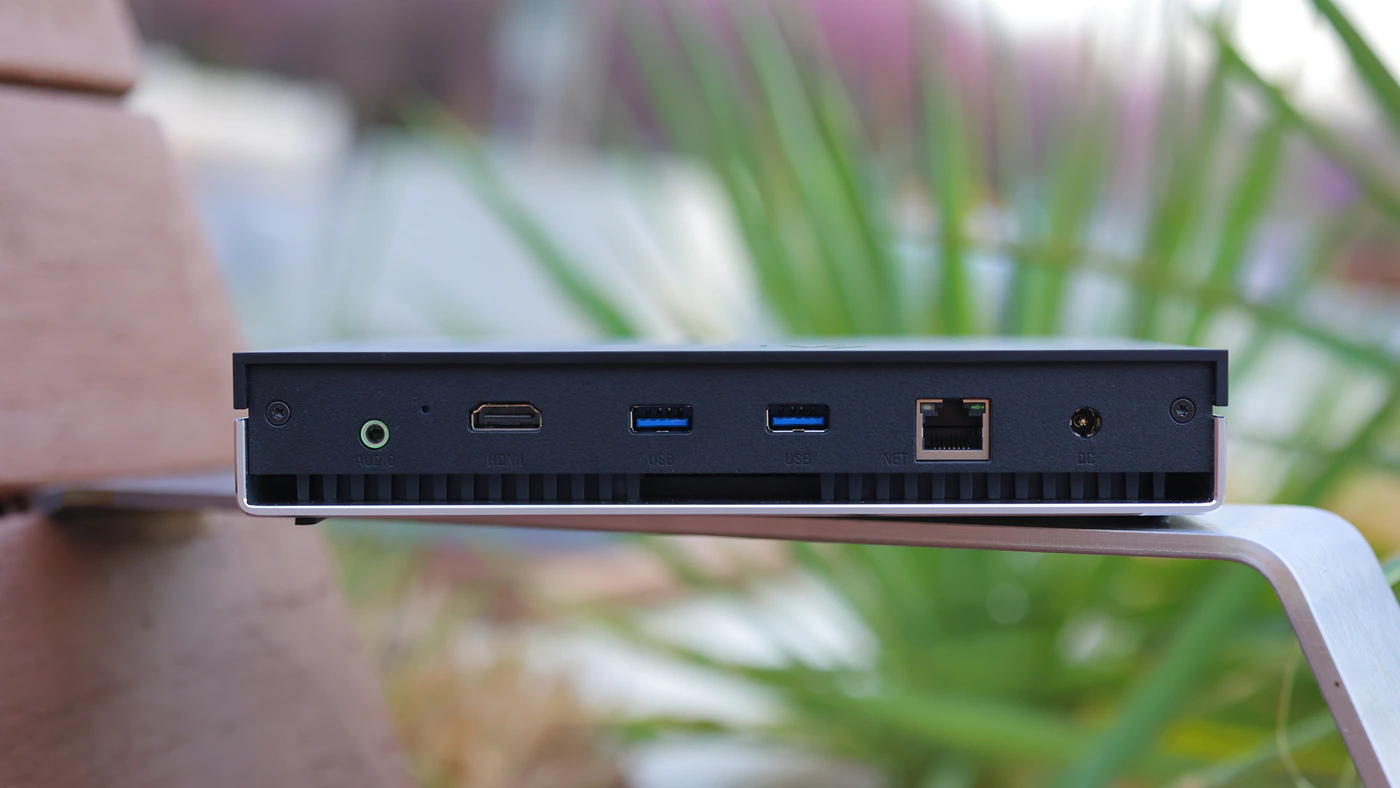
As an Amazon Influencer, I earn from qualifying purchases, and using the purchase links in my reviews helps me maintain this website and Youtube Channel. Huge thanks to LincPlus for providing us with the sample for this review.
Product Link
Amazon – https://amzn.to/4mfWlws
Official Link – https://www.lincplustech.com/products/lincstation-n1-network-attached-storage
Build Quality/Aesthetics
I always love exploring new products, and new product types, so finally getting to review a streamer is one of the things I’ve always dreamt of doing. A NAS or a network attached storage is a way of building a library that you can access from anywhere, but you have total control over this library. This can include not just music, but photos and movies too, so cinephiles also are huge fans of the NAS approach. In fact, before thinking of using a product like LincPlus LincStation N1 for audio, I was planning on purchasing it for movies and audiophile-heaven raw video and photo storage, as keeping everything in one computer is not that efficient when I have to daily swap files with my editors to bring you all those reviews, both written and videos.
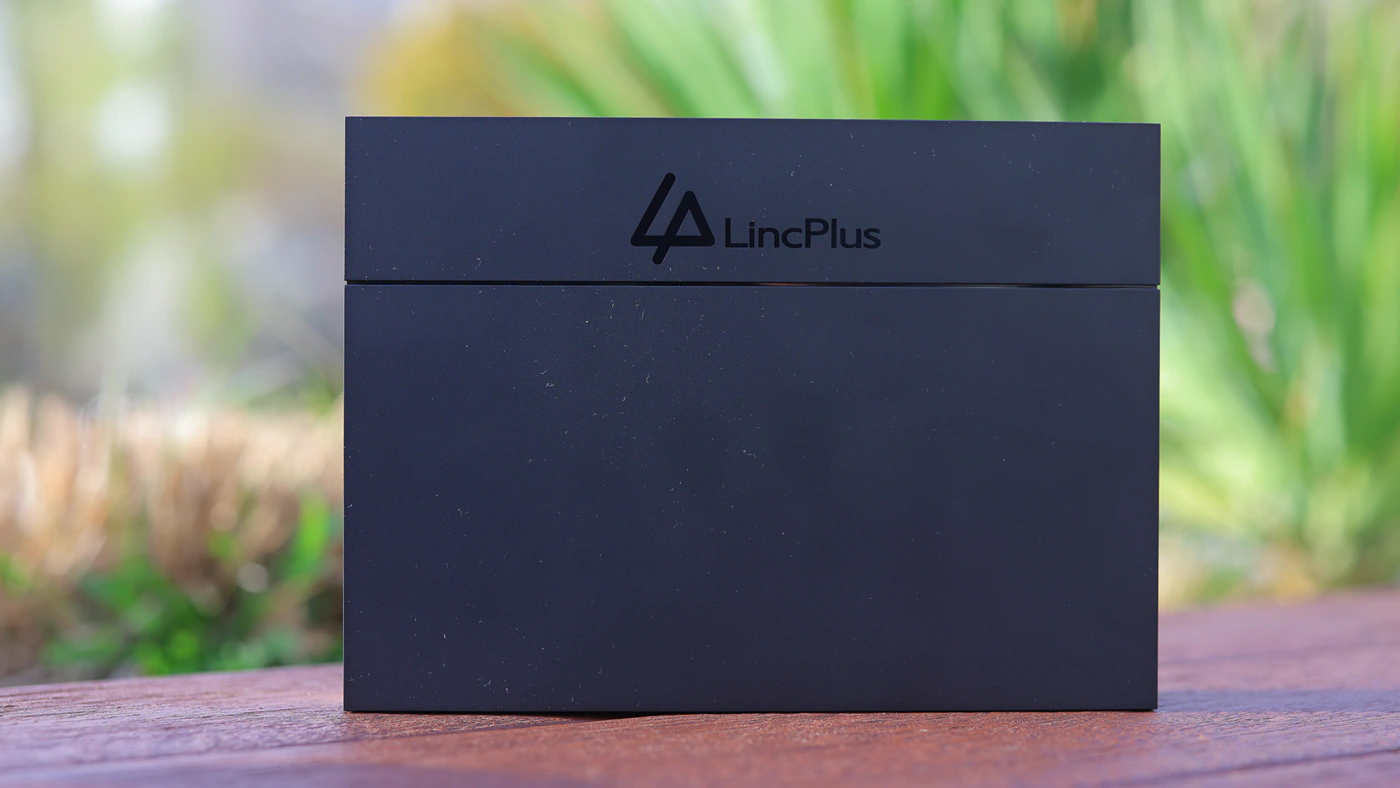
Lincplus Lincstation N1 is a Mini NAS that supports full-featured docker and virtualization and comes with Unraid Licence. It also has one-click deployment and installation of the docker application suite, with support to build virtual machines, install Android, Linux, Windows and support hardware pass-through for the Unraid Version. This makes it not just a NAS but also a powerful private cloud and home server. You can theoretically build something similar using computer components, but it would cost more than double the cost and be at least 10 times the size of the Lincstation N1, which is incredibly small and has a price tag of 428 Euros right now, with an extra 60 USD off coupon if you buy it directly from LincPlus.
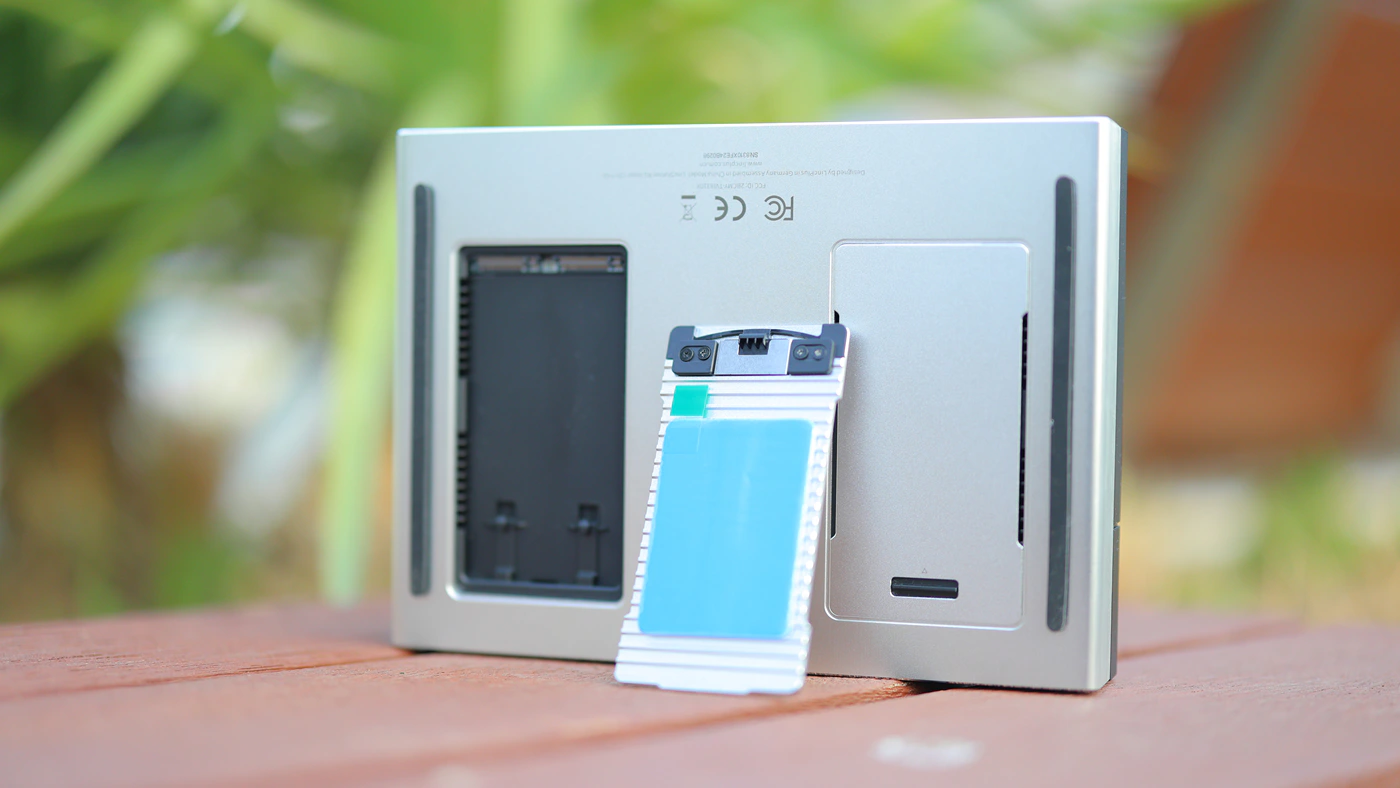
We get a rich interface, with internal SSD support including 4 Bay x PCIe M.2 2280 (M2 NVME) SSDs, 2 Bay x 2.5″ SATA SSD Slots, and on the communication ports, we have 2.5G Ethernet Port x1, USB Type-C Port x1, 3.5mm Audio port x1, HDMI 2.0 Port x1, and two USB 3.2gen2 ports. This makes the Lincstation N1 a uniquely versatile NAS, it has better support for SSDs than most motherboards on the market, but also allows excellent connectivity for USB and Ethernet so that you can really take advantage of it as a NAS.
At the heart of the N1 we have an Intel Celeron N5105 CPU, based on the 10nm lithography, with 4 Cores, 16 GB of RAM memory, 128 GB of ROM memory, Bluetooth 5.2 and Wifi 6. As N1 is powered by Unraid, it would be good to mention that Wi-fi 6 and Bluetooth are not compatible with Unraid, but you can run a VM or Virtual Machine to use those functionalities.
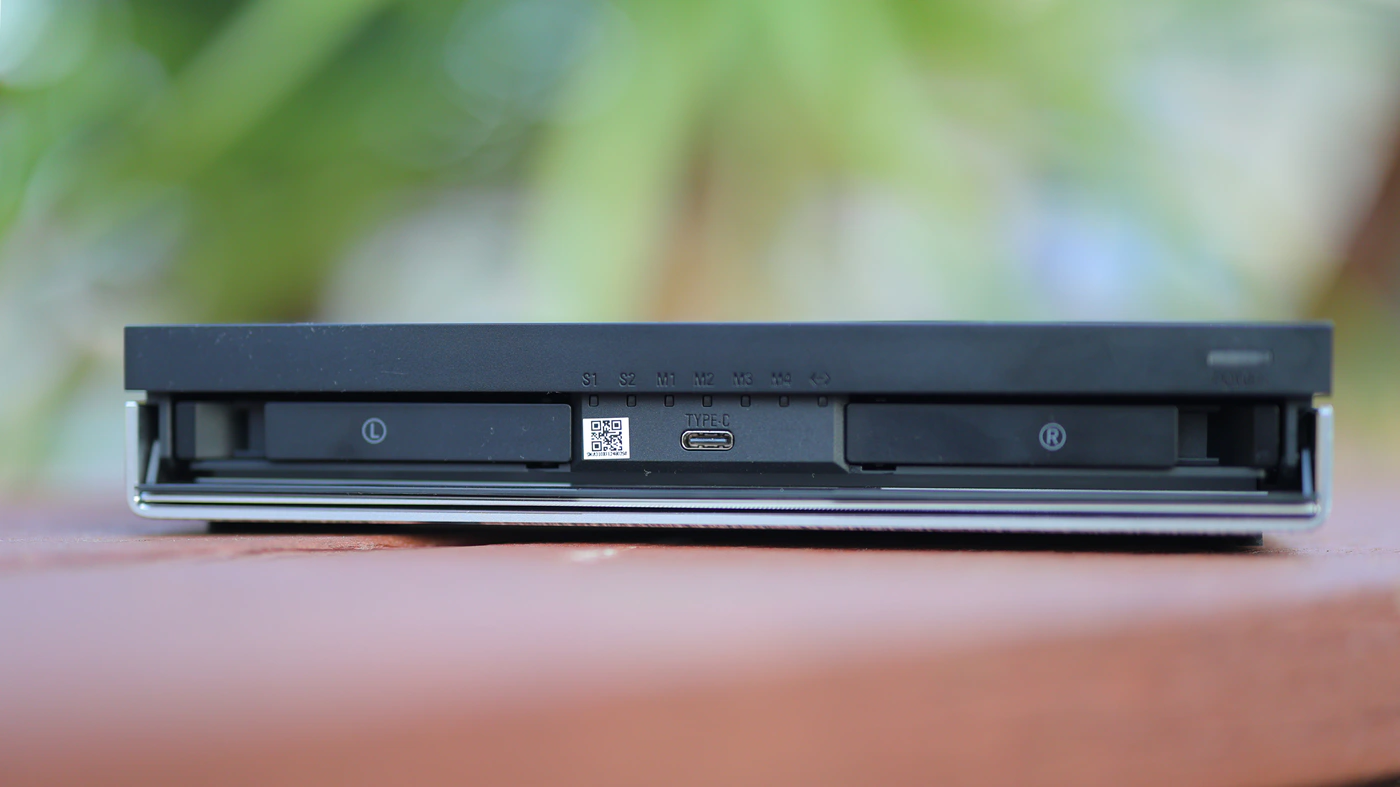
As a general direction, with a NAS you can centrally store and backup files on the NAS, and also manage and share your files between devices. You can connect N1 both to your local network for corporate or personal use, but also on the open internet for sharing or long-distance file access. We have support for up to 48 TB, and N1 has basically the size of an A5 paper. It should be mentioned that N1 does not come with any SSD, so those you have to purchase, and it is the processing part, not the SSD storage part that you’re paying for. It is anyways far cheaper than most 8 TB SSDs available on the market.
Subjective Usage
Most important feature for both audiophiles and cinephiles, and even for any user, is the quietness of the N1. I tried using a couple of NAS units before, and besides the HDD noise, most of them tend to have loud fans for cooling, and to really be audible, but N1 has one of the quietest fans I’ve ever seen. In fact, the fan does not even start if the CPU temp is below 50C, and even when it operates, you cannot hear it unless your ear is literally glued to the unit and even then it is so quiet that I cannot tell for sure when the fan is spinning. This is quite excellent, because I can keep the N1 connected via a USB cable to my main computer, but make files on it accessible to my editors via the internet, without any added noise.
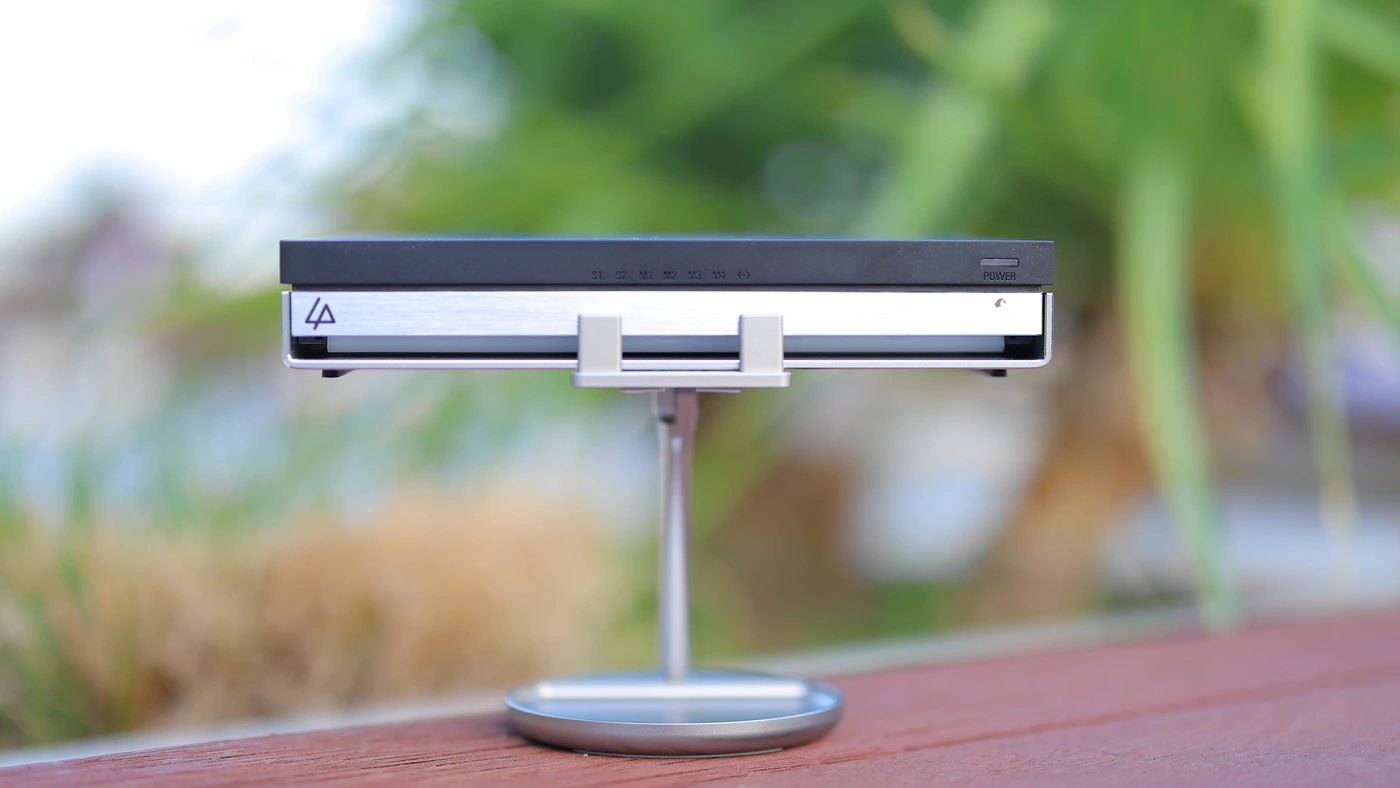
Something to keep in mind, UNRAID is one of the best technologies for managing a NAS, and although LincPlus offers one year of licencing for it, the cost of UNRAID is rather high, at $49 USD for a Starter licence, $109 per year for an Unleashed licence, and $249 USD per year for a Lifetime licence. If you buy Starter or Unleashed, you have to pay $36 USD per year to continue receiving OS updates, which will most likely be beneficial. Now, with a bit of math, I would recommend getting the Unleashed so that you can expand as much as you would like, then pay 36 USD per year to continue that licence. I know that this sounds counter-intuitive and having Lifetime would put your mind at ease, but there are three separate risks that you should take into account. First is that Unraid might increase the price of their licence over time, second is that you can still buy 4 years if you pay per year, but given the current market, you may upgrade to something else in 4 years, and third is that the company might both die eventually, and you’d be stuck with a higher cost paid today, or they may make a new version, and you may have to buy a new lifetime licence, and this can happen in less than the 4 years you can buy with 36 USD per year.

I am warning you because I now own multiple lifetime licences of Celsys Clip Paint Studio, but each time they make a new version with cool new features, they make you pay again for those features, which is really nasty long-term and makes it better to pay each year for the time you’re using as that way you’re always getting the latest version. I am heavily against subscription based services, but for software to be maintained and upgraded and to be kept relevant, it is necessary, unless it is open source. You can theoretically test the waters with open-source NAS software (FreeNAS, OpenMediaVault, Xpenology, Rockstor), but I will stick to the way N1 is intended to be used, which is unraid.
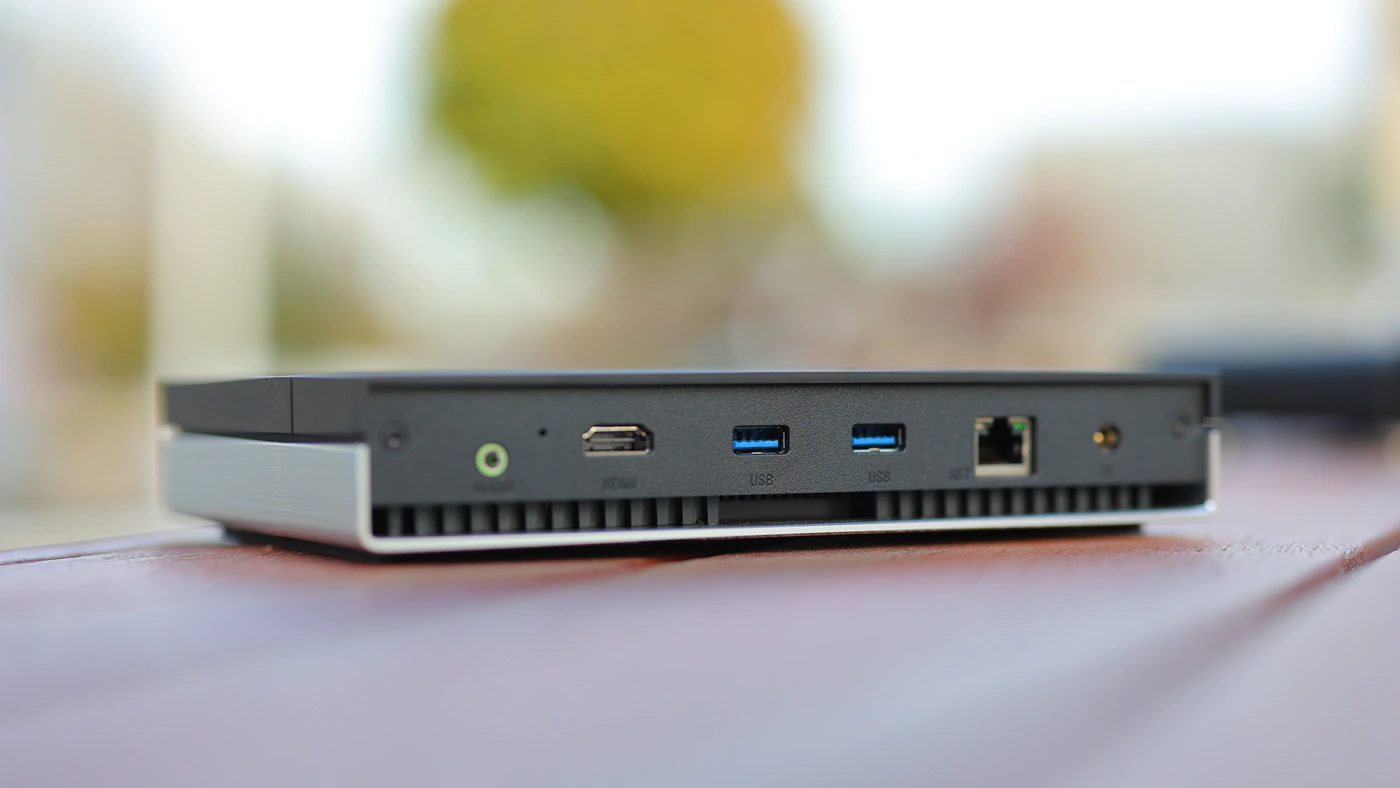
Another important note to keep in mind is the limitation of the fast SSDs used in the N1. I hope to also explore options that can use HDDs in the future, as the maximum storage of 48 TB would work great for music, but I have videos of over 50 TB across multiple HDDs, including 4K and UHD videos, movies, TV shows, and there a HDD-based NAS would offer the space needed for better support.
Quality And Experience
This is not exactly my typical review, as a NAS is a data processing center and does not directly render music or video, but it can do some really interesting processing for both audio and video, so although at the surface level it feels like you’d be better off using Tidal, using a NAS like N1 can improve the experience considerably. Installing a disk inside of the N1 can take a while, and on Windows, you cannot default format the disk in the format needed, which is EXT4 / Btrfs. I tried installing a SSD once, then made the mistake of formatting it in windows, and afterwards N1 did not see it anymore. As I love free software, I would recommend using Paragon Partition Manager. This step can be complicated with old SSDs, so I recommend buying new ones. You can use N1 with or without Parity Drives, and adding a Parity Drive is more reliable.

The way Unraid is set up on N1 makes it hard to use any kind, it uses a different RAID level than typical RAID 5 / RAID 6, and it has some inherent advantages and some inherent downsides too. First off, using no Parity means no data protection in case one of the drives fail. The parity Disk should be a fast SSD and from what I understand, it should be as large as the largest SSD in the array. You can set a cache drive to speed things up, but it won’t become faster than 115 MB/s because the maximum network speed supported only goes as high as 115 MB/s. Cache disks can speed up Virtual Machine and Docker performance, but if you purchased N1 for streaming, you likely won’t care much about setting any SSD for Cache.
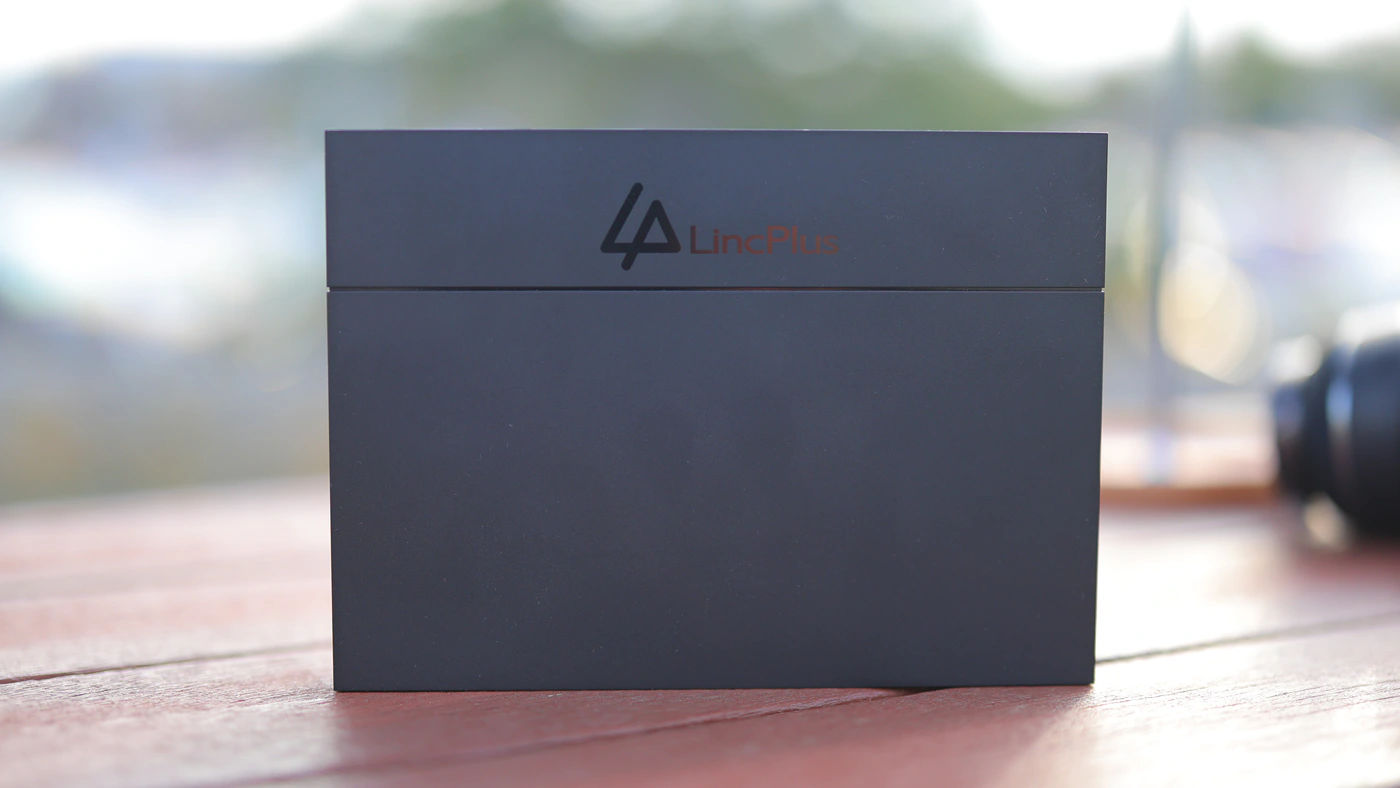
To better understand how to compare UNRAID levels to classic RAID, here are some very useful examples. Unraid doesn’t label RAID levels like “RAID 5,” but you can interpret the config like:
- 2 data + 1 parity – Like RAID 4 (single parity)
- 4 data + 2 parity – Like RAID 6 (dual parity)
- 3 data, no parity – No redundancy (like JBOD)
- Cache-only shares – Like RAID 0/1, depends on Btrfs/ZFS config
Starting with the actual software, LincPlus N1 uses Unraid, which is a really smooth operating system / environment, and it feels more like a personal computer with a more minimalistic role than it feels like a linux server. This is a compliment, because I love how easy to use it is, how fast things get done, and you can even play with your unit for 30 days and install a trial of Unraid to make sure you like it, as otherwise you can’t return it anymore. In my experience, setting everything up can take a long while and debugging is required, because
- My windows did not have SMB 1.0 enabled, so I had to go to turn windows features on or off, and set that up
- Setting up a share, so a way for your computer to see the folder can be quite complex, requires using IP data and knowing what IP you’re on
- There is a huge difference between this symbol “//” and this symbol “\\”
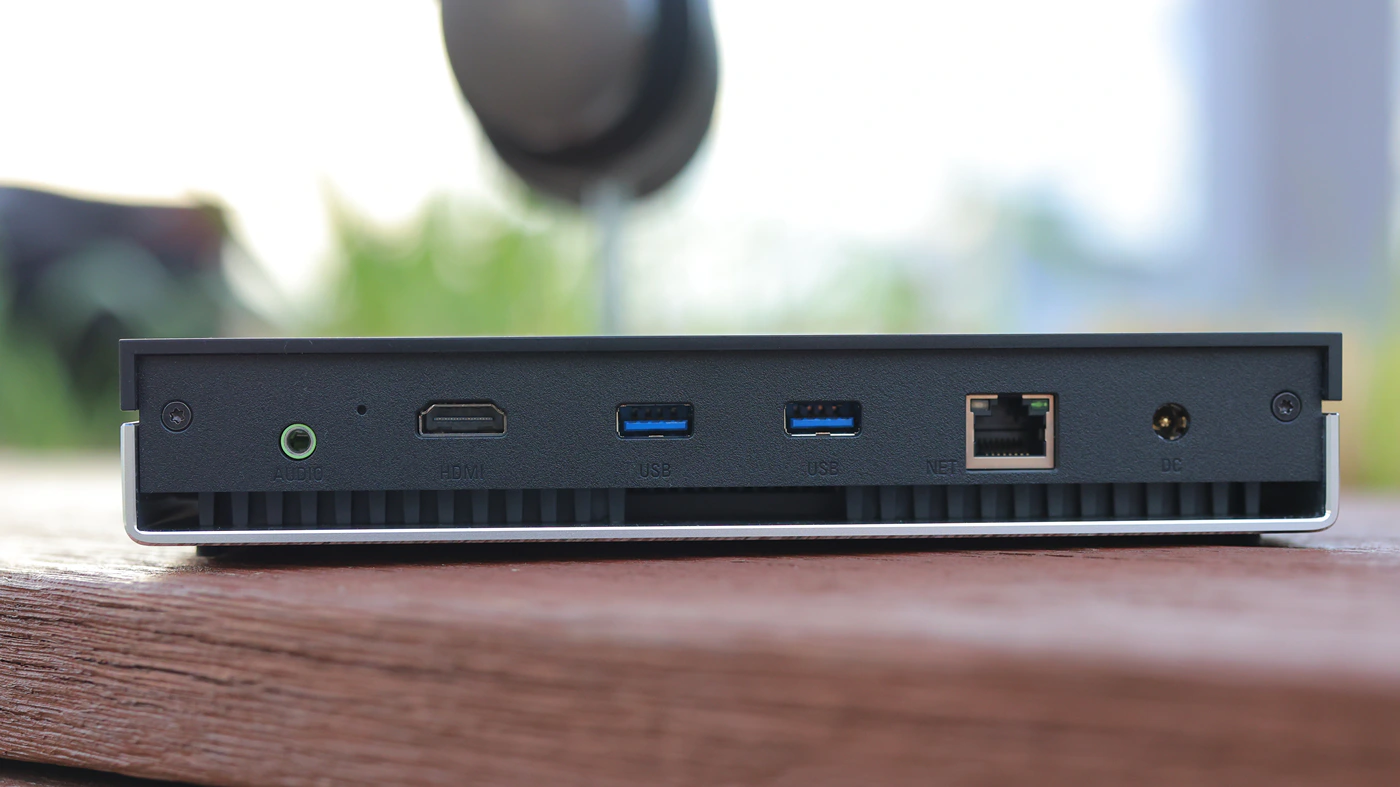
But once you set everything up, my experience has been downright excellent. I have tested the N1 for multiple workflows, including sharing our photos and videos between me and my editor, wirelessly, making everything available on the NAS itself, without having to copy things on a portable SSD inside an enclosure.
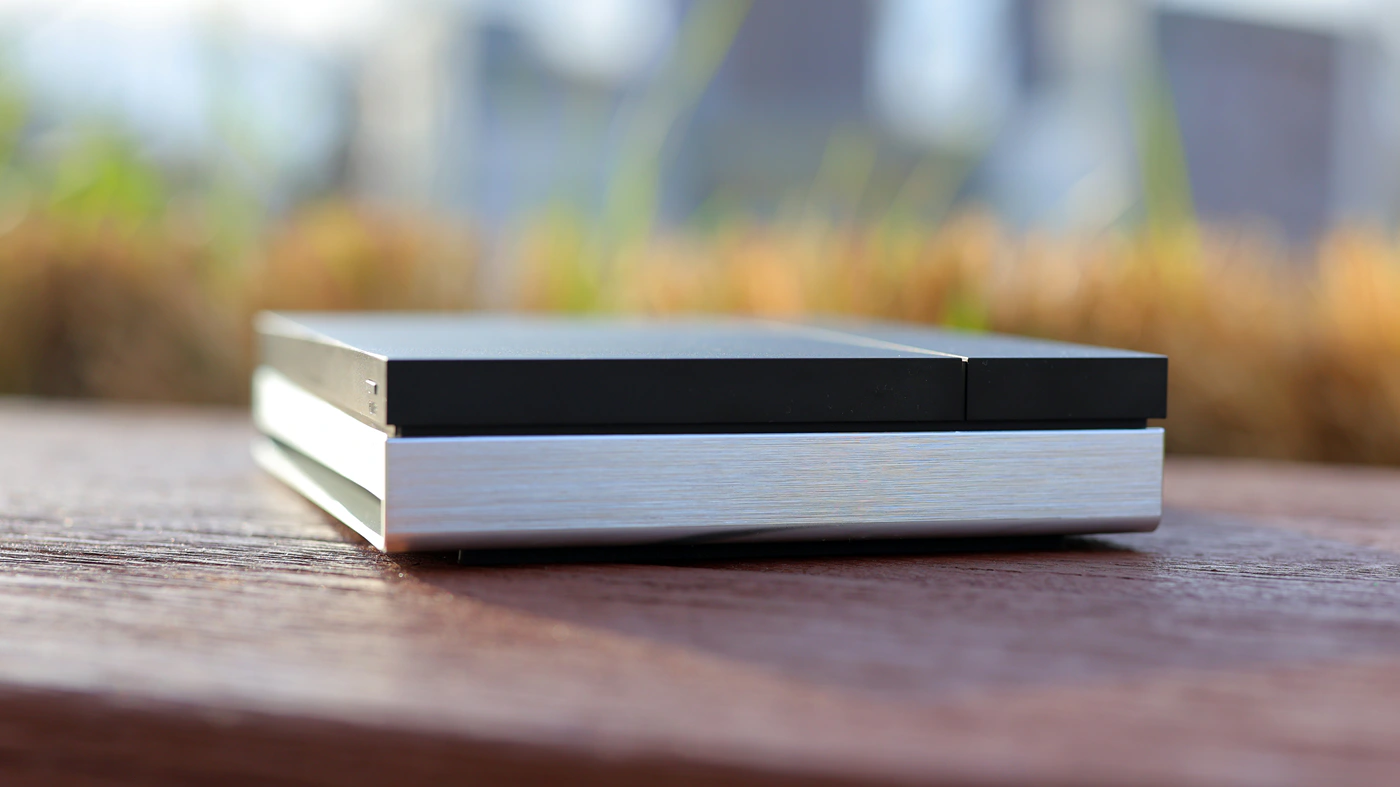
On the less positive end of things, for productive workflow, you have to keep in mind that the maximum actual copy speed you will see with the LinkStation LinkPlus N1 around 115 MB/s for large files, and around 85MB/s for smaller files. So for a large video that requires processing, it takes around 5 minutes for 32 GB to be transferred. This is still much better than moving the portable SSD enclosure back and forth, but nowhere near the maximum copy speeds that an SSD can offer, which are usually between 400 MB/s and around 900MB/s.
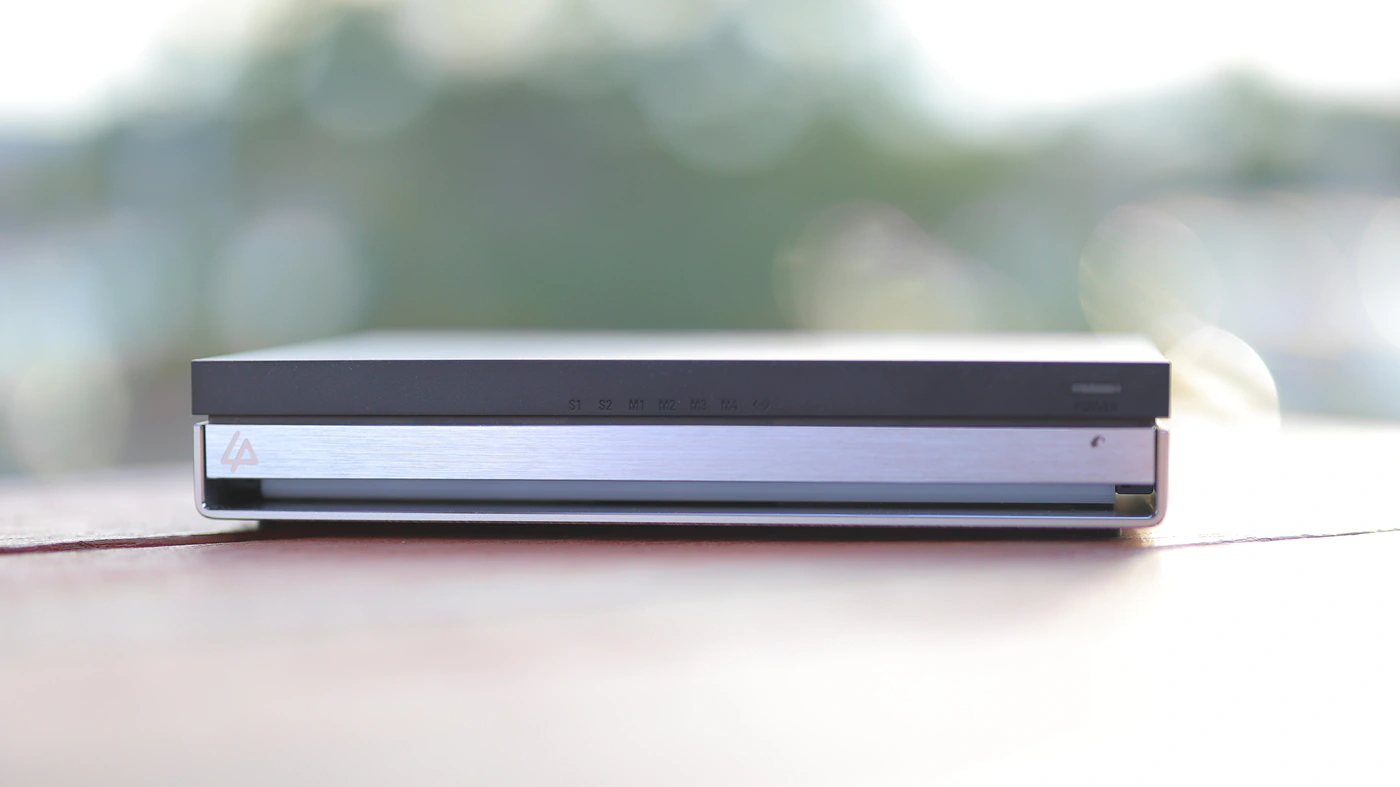
For the streaming part, which I feel is the most important aspect, I have tried Plex, JellyFin, Emby, Kodi, and Infuse. Out of those, most of them require you to pay for some of the advanced features, but even for an audiophile, you should have no issues just using the data. In fact, if you set up in a clever way, your can set Roon to read the files directly, and even for videos, I have been able to just use SMB and read the files directly, as I would locally, and play files using MPC-HC, madVR and play movies from the NAS to my PC directly.
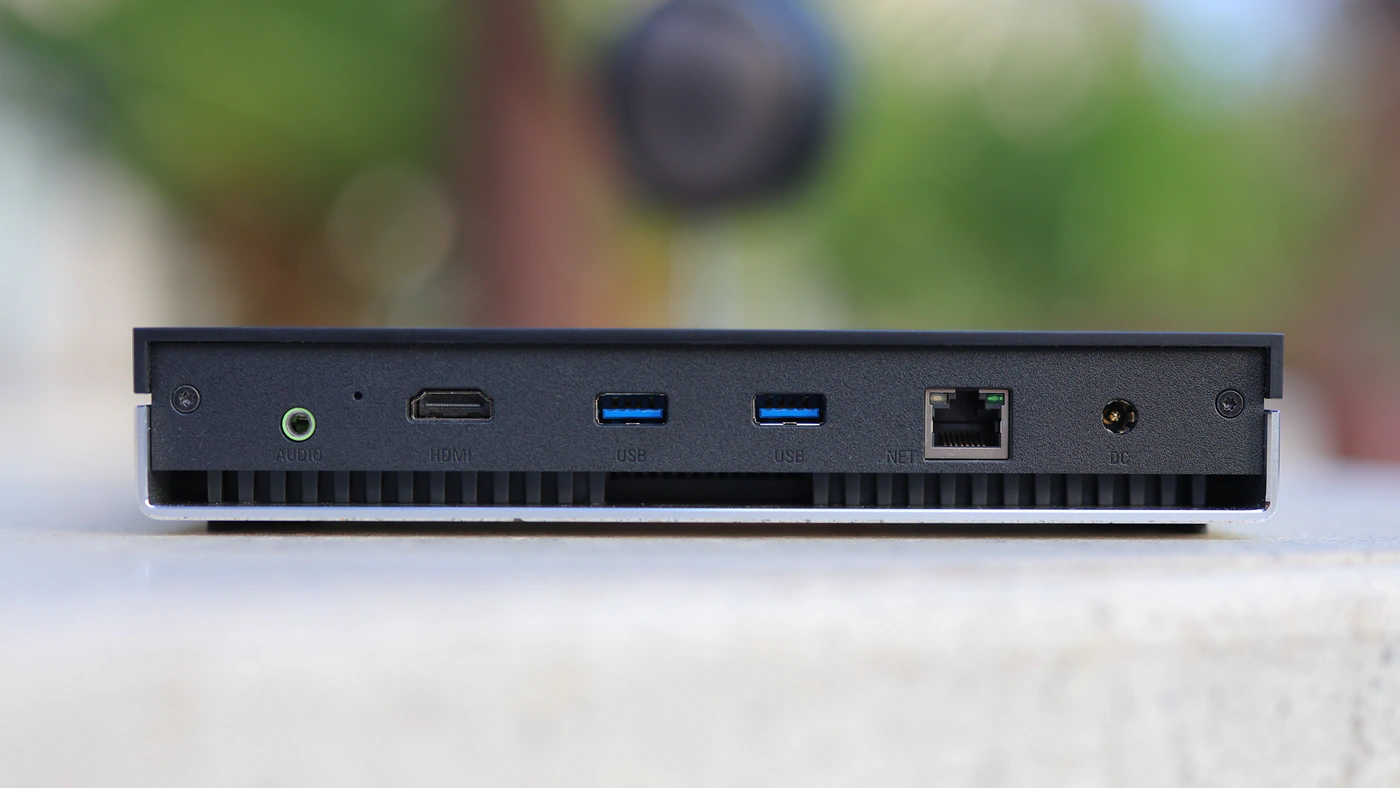
Although I understand that a big part of why you’re paying money on N1 is for it doing on-the-fly transcoding of media files, I personally prefer just opening the files from Windows and getting instantaneous playback of full-resolution rather than transcoded. You can even set up separate folders, for example setting a music that’s available for all devices, but keeping a locked folder that is only accessible to your main computer. Overall, things work really well anyway, but I personally prefer just accessing my files and having this much control, without having to have a computer with HDDs or many SSDs is really convenient. The best part is that you don’t even have to manage HDDs and SSDs manually, like you would on a PC computer. Just make sure to check on the health of the SSDs and HDDs inside weekly to replace the ones that are failing. Also, make sure to only buy SSDs without a heatsink, as ones with a heatsink will not work inside of the N1.
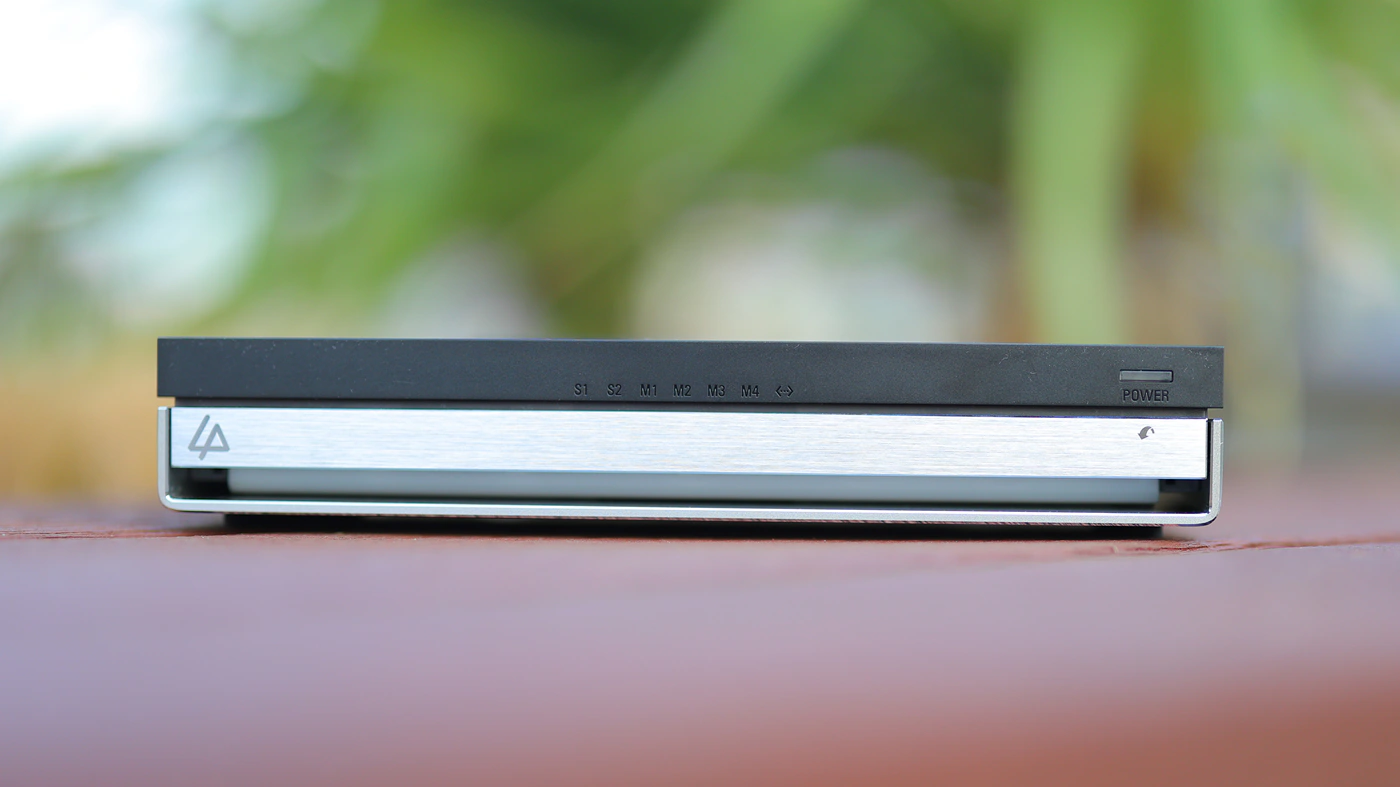
If you’re asking whether there is any advantage to using a NAS instead of HDDs inside of your computer, theoretically, if you’re using multiple computers, you can have access to your files from multiple computers, multiple streaming endpoints. This allows you to make a server in a separate location than the one you’re enjoying, and a NAS is more of a tool for someone who has the need for such availability of files. Also, it SO MUCH EASIER to set up backup and to have a more reliable setup than doing manual backups inside of your computer. For example, you set up your entire archive of music and movies in the NAS, but play it back in your video theater, music streamers, without having a SSD or a HDD in each of those locations.
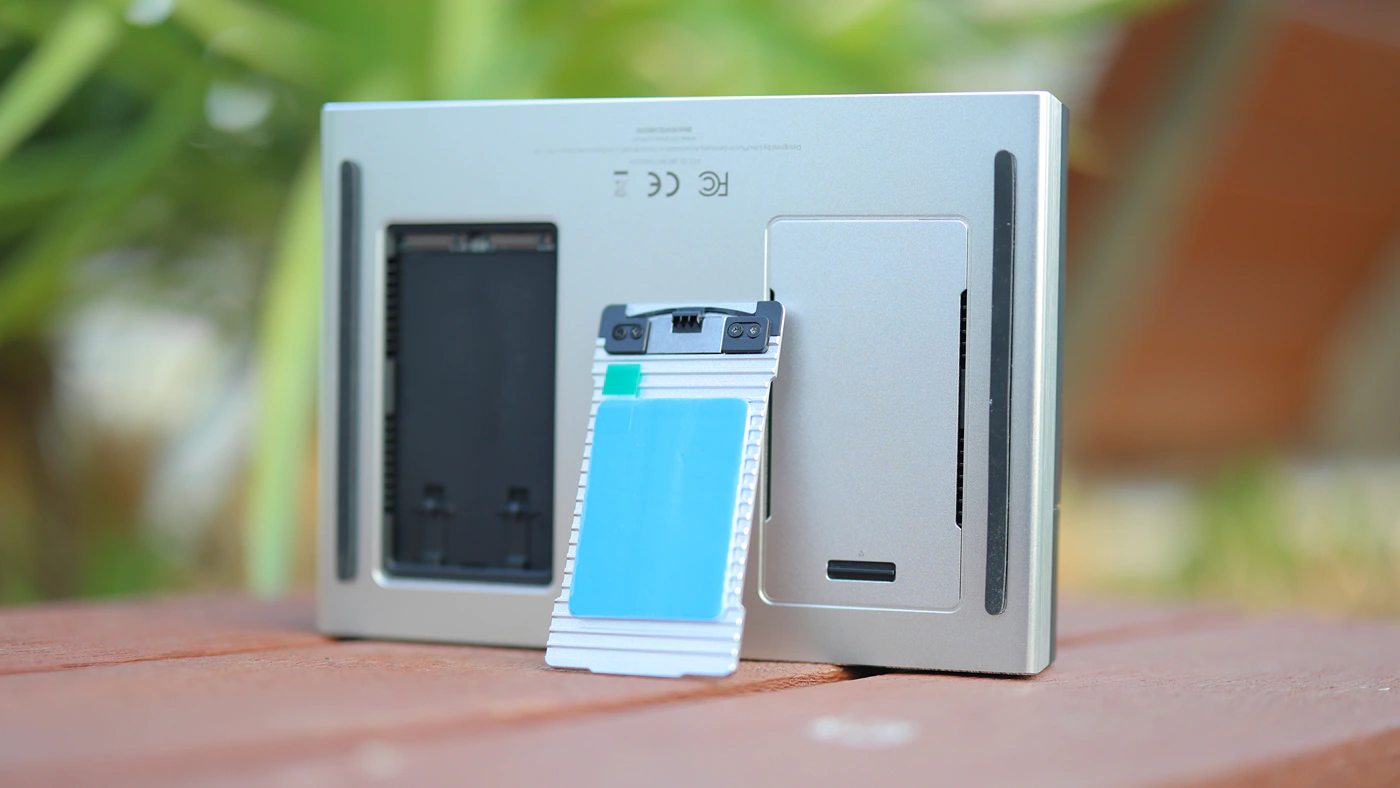
In my experience, Lincplus LincStation N1 is incredibly valuable for making all my files available in real time between me and my editor, and for music streaming, I always have around 3 backups of my collection, as some albums cannot be purchased anymore, and are rare edition ripped straight from the source, so Lincstation N1 having no fan noise, being fast, snappy and reliable is really useful. On the downside, copying things for the first time is much slower than HDD to HDD to SSD to HDD and such, if you’re usually working with local files. This being said, I can playback music and videos in full resolution in real time, without any quality penalty.
Value and Conclusion
If you ever purchased computer components, a single motherboard that has enough SSD ports currently costs around 200 USD – 300 USD, while being far larger and when you factor in a PSU, RAM, and ROM, a CPU, cooler, and everything else, Lincstation N1 feels like a really high value for the kind of processing, and hardware, not to mention comfort and ergonomics it offers. I adore having such easy access to my files, but I will take some points away from a perfect score, because it relies mainly on a paid software that you have to pay for each year, although the price is not that high, being just 3 USD per month, far less than a Youtube or Tidal subscription, Clip Paint, Topaz Ai upscaling, or basically any other subscription. This being said, UNraid is built upon open-source and free software, so I will leave it at, Lincstation N1 is really affordable, much better than what you typically can find on the market, but it has maintenance costs on the software side.

You can absolutely use the Lincstation N1 without paying for renewing the unraid licence, the software just won’t get upgrades, but it will still be functional. Unraid is an external company from LincPlus and they are the elite golden standard for NAS OS. Adding to how cool Unraid is right now, If you choose not to extend your license, no problem. You still own the license and have full access to the OS—you simply will not be eligible for future updates unless or until you pay the extension fee. There will be no penalty for extending your license at a later date, other than it being subject to the current published extension price.
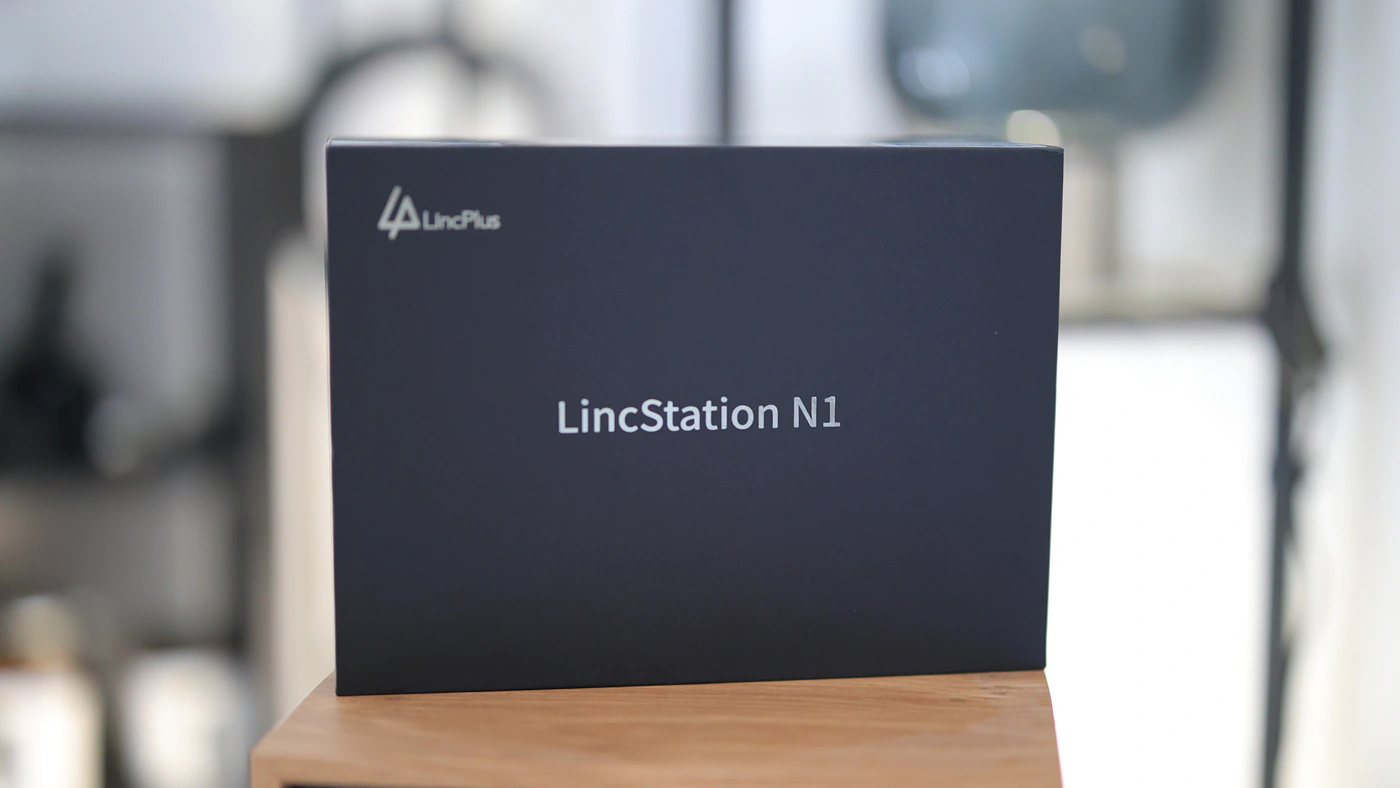
At the end of the day, LincStation N1 from LincPlus is basically perfect, no noise, fast processing speeds, enough storage support to be practical, Unraid support and integration is great, you don’t need to be a wizard to use it, having VM support, and excellent reliability. It is a fully recommended purchase if you want to build a NAS that relies on SSDs, and the best alternative to using External HDDs and moving them.
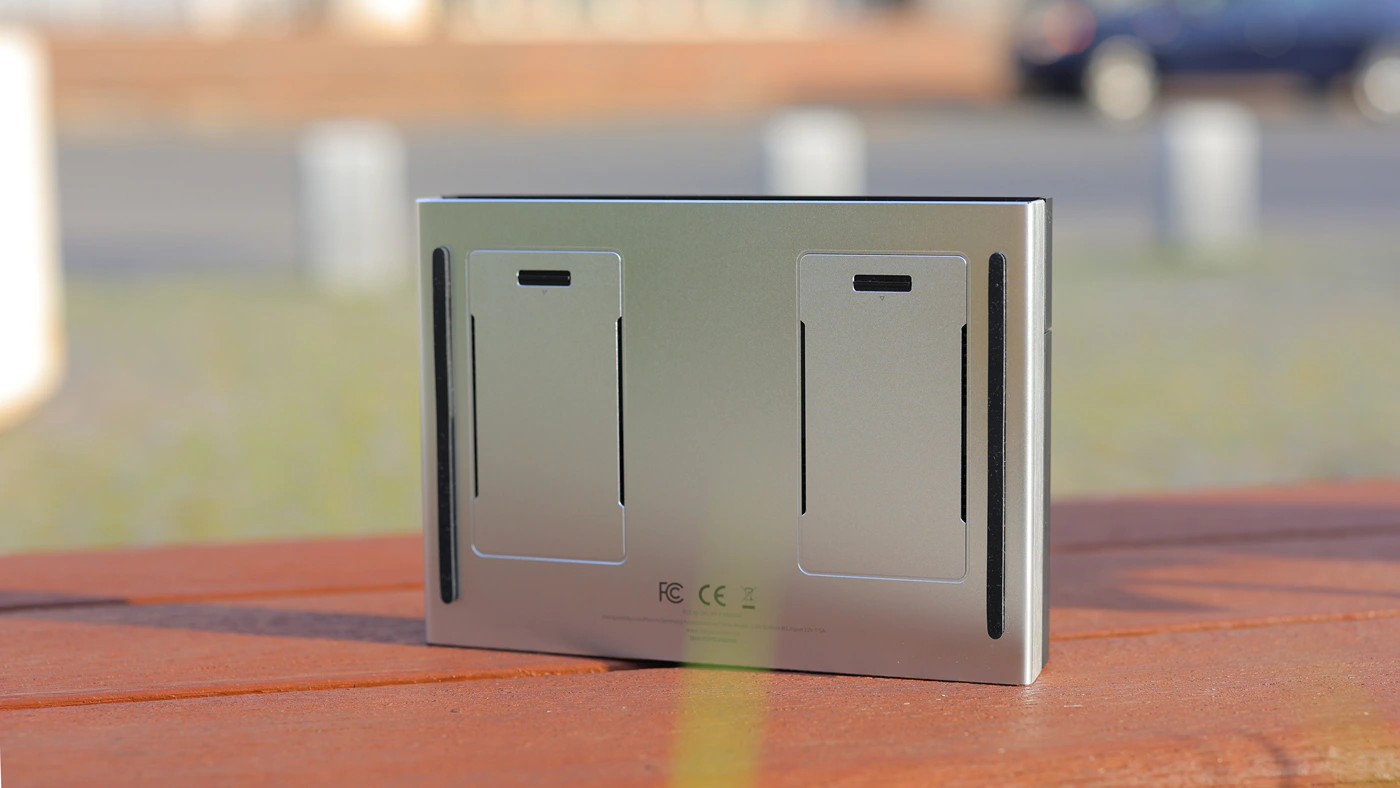
PROs
- Very quiet / actually silent operation
- Initial licence of unraid is included in the price, so you only pay 36 USD afterwards, and you can even keep using it without paying, if you don’t want the upgrades unraid brings
- Incredibly fast and efficient
- Multiple people can access the same files with zero delay
- Multiple USB ports
- SSDs stay cool and nice thanks to the cooling pads inside
- Outstanding price / performance ratio
- Small size and nice looks
Cons
- Max space supported is 48 TB, not quite there for a data hoarder, although more than enough for an audiophile
Product Link
Amazon – https://amzn.to/4mfWlws
Official Link – https://www.lincplustech.com/products/lincstation-n1-network-attached-storage
--- Please remember to stay safe, and always have fun while listening to music!---
- If you have a dime to spare, please donate, and help us! It would make the day brighter for me and my wife-
Full Playlist used for this review
We listened to more songs than those named in this playlist, but those are excellent for identifying a sonic signature. I recommend trying most of the songs from this playlist, especially if you’re searching for new music! The playlists are different for Spotify, Tidal and Youtube, and based on the songs I enjoy and are available on each!
https://www.youtube.com/playlist?list=PL_cjBXGmwSHSdGcwuc_bKbBDGHL4QvYBu
https://open.spotify.com/playlist/5J3oloz8Riy9LxEGenOjQ0?si=979ba4f082414be7
https://tidal.com/browse/playlist/330fd544-8e5b-4839-bd35-676b2edbb3d5
--- Contact Us ---






This is a joke isn’t it? I’ve used NAS/SAN/JBOD/DAS for decades, this is nothing new. I would never pay a yearly subscription for raid software, which comes free on Mac’s and all Linux servers. On this NAS, you talk up sharing this device amongst multiple servers/computers, technically you can but since this NAS only has 1 hba, this will be your limiting factor in this scenario. I have installed many Netapp Filers, EMC Symetrix disk arrays. I also have dozens of white papers on storage websites on how to use raid (0,1,5,6,10,s) and I can buy many home NAS units that will provide the raid that’s appropriate for music/videos with no yearly subscription. Or I can just use mdadm on my Linux roon server
I think I speak enough about how against the yearly subscrption for the service I am, but you can install other stuff too on the N1, it just comes with Unraid, and 1 year of it too. I totally understand your point, but owning a NAS has to become a bit simpler, folks contact me to ask how to install a USB driver, speaking about more technical NAS and server configurations makes it way too hard to manage for someone who is less technically inclined, but almost everyone could use a NAS, so I am trying to explore the middle ground of how to actually make owning a NAS manageable, while not thorwing money at a cloud service and such. I already pay too many subscriptiuons – Youtube, Tidal, Banking apps, the last thing I needed was a NAS subscription, but UNRAID is currently the most widely used app so this is where we’re at as a society
To add, it took me almost 8 hours total to get N1 with UNRAID up and running, and to debug it, I don’t want to imagine how hard it would be for my mother, or someone who isn’t into computers to set up a traditional server, and yet this has very simple tutorials online… I understand that once you know computers, it is simple, but what do you do if you don’t know computers at all. N1 and UNRAID could be done by almost everyone, that is the appeal. You don’t even have to really understand RAID levels to run it. I love understanding and using manual stuff, but alas I drive a manual, shoot photos on manual, and like to tinker, we have to bring something to the market that allows beginners to have fun and still use more advanced tech, otherwise the entire society will get scammed by smartphone apps and never approach computers